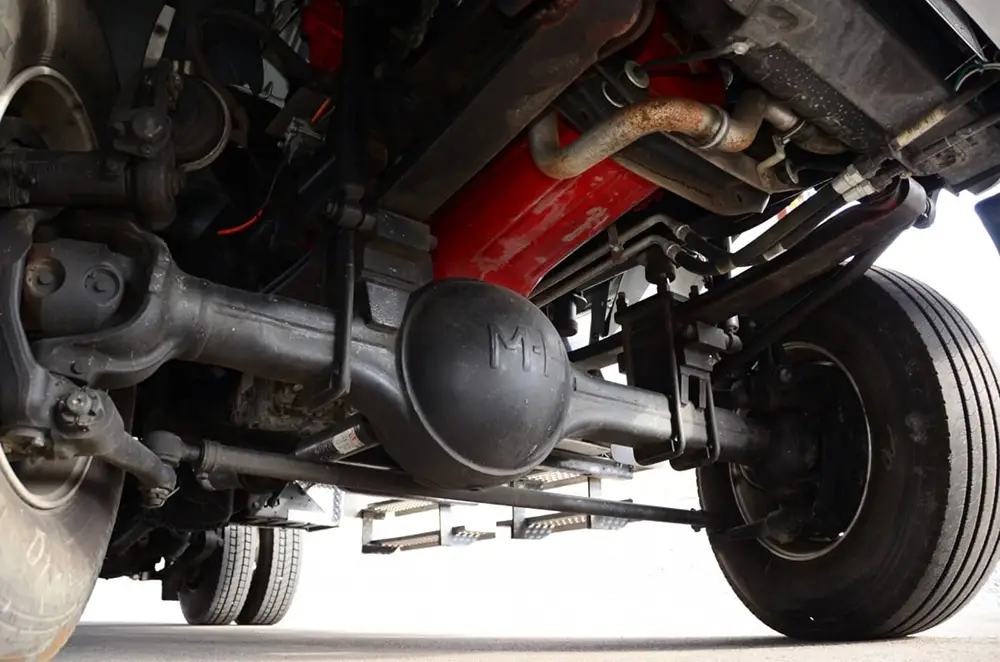 ST-STAFF
.
January 21, 2025
.
Uncategorized
ST-STAFF
.
January 21, 2025
.
Uncategorized

In the realm of automobiles, the terms 4WD (four-wheel drive) and AWD (all-wheel drive) are often thrown around, leading to confusion among drivers. Understanding the difference between these two drivetrain systems is essential, especially if you’re in the market for a new vehicle. This guide will explore what 4WD and AWD are, how they function, and the differences between them to help you make an informed decision.
Four-wheel drive (4WD) is a drivetrain system primarily used in trucks and SUVs designed for off-road or rugged terrain. In a 4WD system, power is distributed to all four wheels, providing increased traction and stability. This system typically features two settings: a high range for driving on roads and a low range for challenging off-road conditions. The low range is particularly beneficial for navigating steep inclines, rocky surfaces, or deep snow.
4WD systems can be full-time or part-time. Full-time 4WD means that all four wheels receive power at all times, while part-time 4WD allows drivers to switch between two-wheel drive and four-wheel drive as needed.
All-wheel drive (AWD) is another drivetrain system often found in cars and crossover SUVs. Unlike 4WD, AWD is designed for on-road use and provides power to all four wheels automatically, without driver intervention. This system enhances traction in various weather conditions, such as rain, ice, or snow, making it ideal for urban driving as well as mild off-road situations.
AWD systems can be categorized into two types: full-time AWD and automatic AWD. Full-time AWD delivers power to all wheels continuously. Automatic AWD, on the other hand, engages the rear wheels only when it detects slippage in the front wheels, allowing for improved fuel efficiency when all-wheel traction isn’t necessary.
Understanding the difference between 4WD and AWD is crucial when choosing the right vehicle for your needs. Here are the primary differences:
While both AWD and 4WD provide power to all four wheels, they are not the same. The key distinctions lie in their intended use, control, and mechanical design. AWD is ideal for drivers who face various road conditions but remain primarily on paved surfaces, while 4WD is suitable for those who frequently navigate off-road landscapes.
When deciding on a vehicle with either 4WD or AWD, consider how you plan to use it. If you live in an area with harsh winters, frequent rain, or occasional off-road adventures, an AWD vehicle may serve you well. However, if you often venture off the beaten path or require a vehicle for tough terrains, a 4WD system may be your best bet.
In conclusion, understanding the difference between 4WD and AWD is crucial for making an informed choice when purchasing a vehicle. Both systems offer unique advantages tailored to specific driving needs. Whether you choose AWD for everyday driving or 4WD for those adventurous trails, knowing their features will lead you to the best decision for your lifestyle. By keeping these factors in mind, you can confidently navigate the automotive world and select the right drivetrain system for your needs.
Share Link